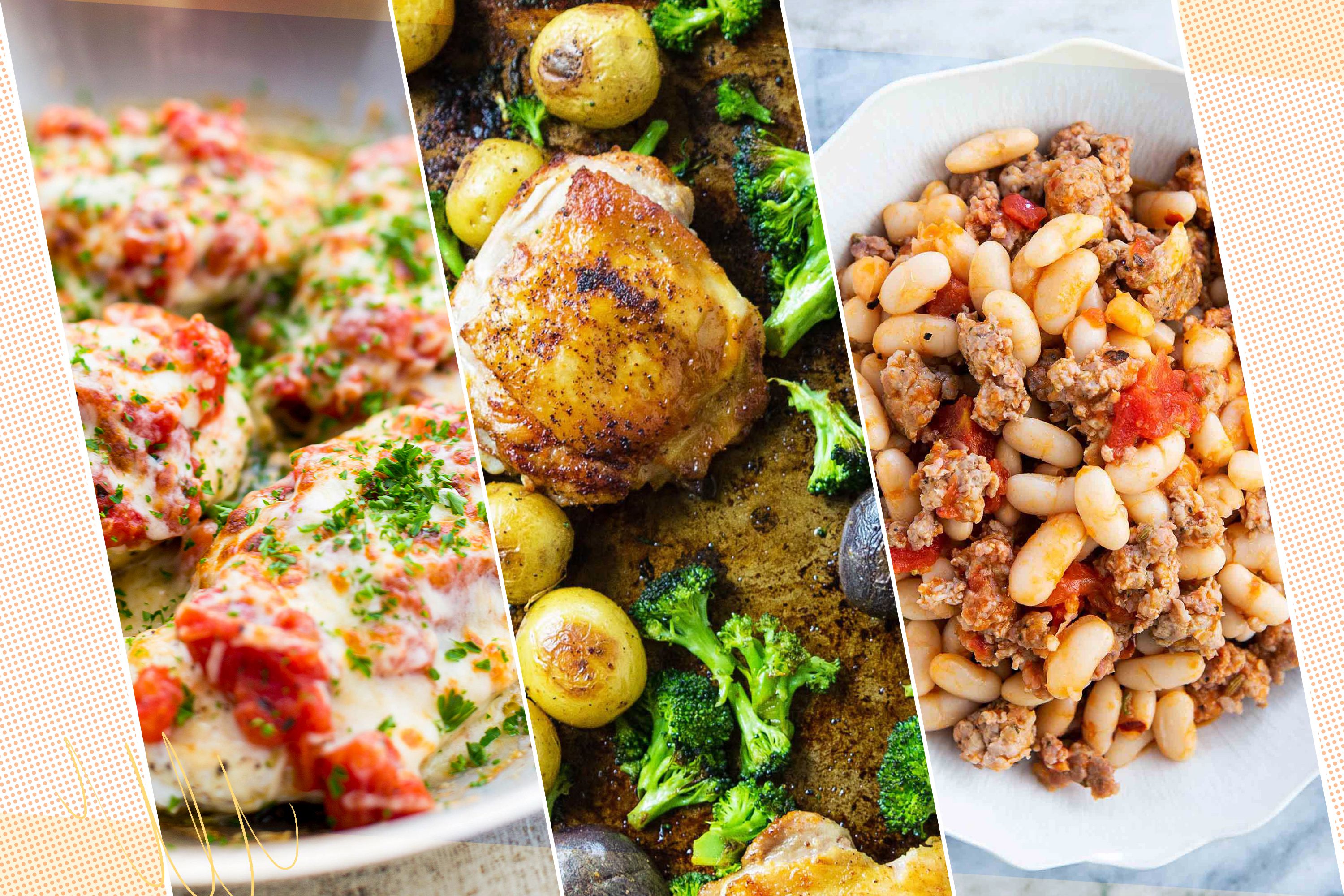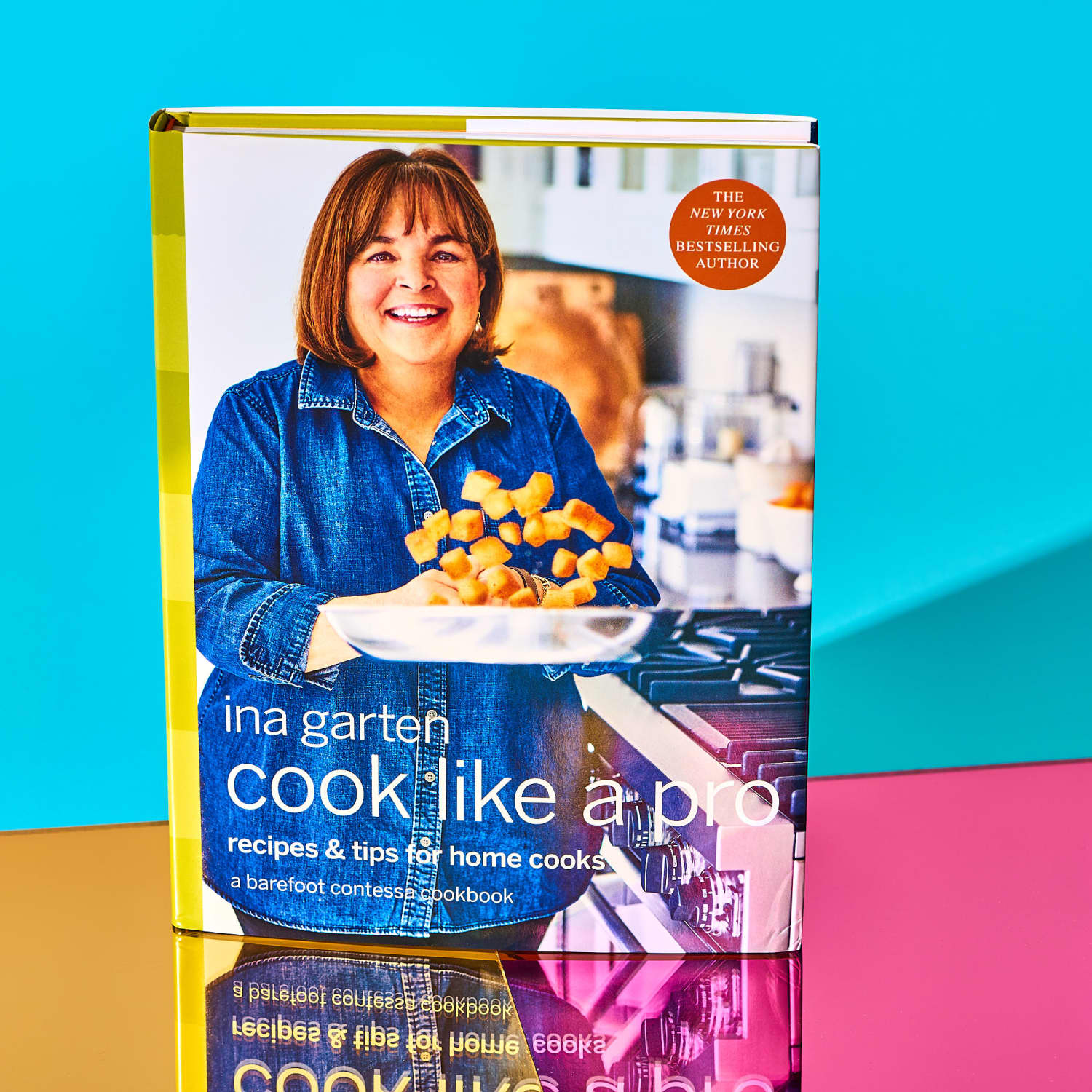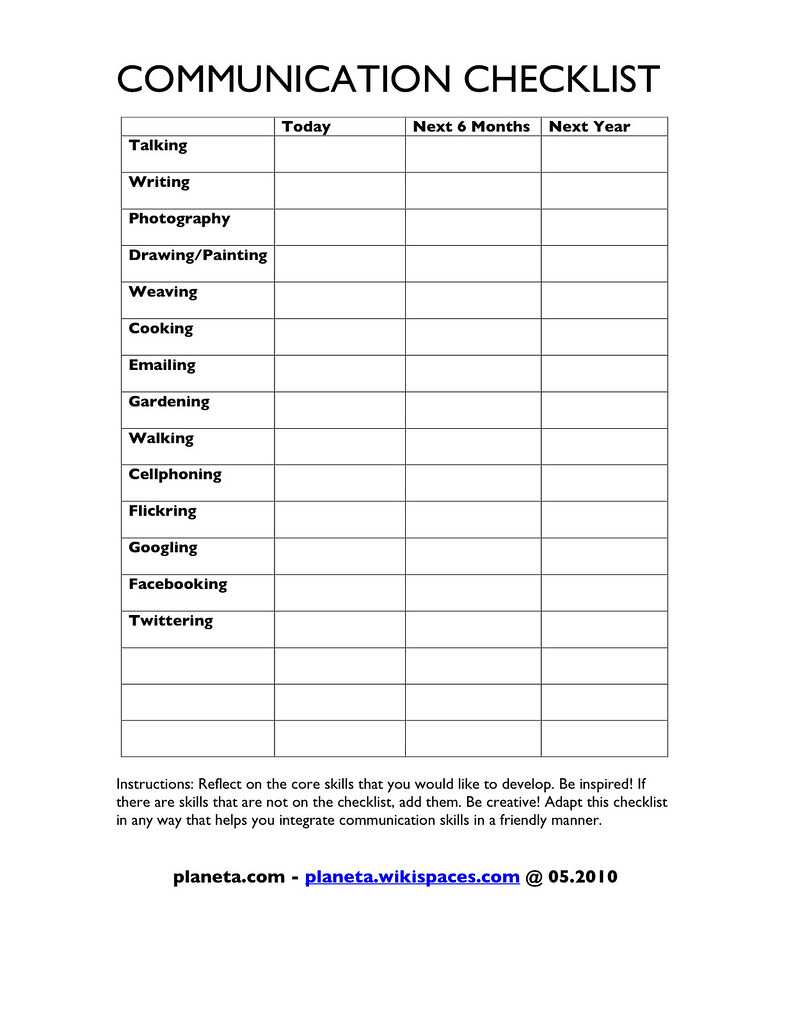
You can now coat nonstick pans with many different materials. Each has its pros and cons. Teflon is one of the most widely used materials. It is well-known for its durability and resistance to high temperatures. Teflon can cause food poisoning if heated to high temperatures. In this article, we will discuss Teflon and the alternatives. The best non-stick pans typically don't have this type of coating.
PFOA
It is not recommended to use nonstick cookware coated in PFOA and PTFE at high temperatures. These coatings degrade rapidly and release toxins when heated. Metal utensils can be used on nonstick surfaces. This can lead to the coating being degraded and the release of chemicals. This article will cover the possible risks and health effects of PFOA frying pans. The following tips will give you a better understanding of nonstick pans.
PFOA and other PFAS chemicals like PTFE are persistent in the atmosphere. These chemicals can be found in the groundwater, air, and water even if they were used 10 years ago. Because of these risks, the Environmental Protection Agency (EPA) and the World Health Organization (WHO) have issued a health advisory. These chemicals have been deemed "possibly to cause cancer in humans."
PTFE
The most popular nonstick pan coating is the PTFE, which can be very handy when you're preparing large meals. They prevent food sticking to the skillet without oil or nonstick cooking spray. You should also note that PTFE nonstick pans are often more expensive than nonstick pans with regular coating. These nonstick saucepans still require care and maintenance. PTFE non stick pan coatings are considered safe by the FDA, but they are not completely non-toxic. Ceramic cookware is a healthier choice. Cast iron has no PTFE, making it safer.

PFAS is a long-standing ingredient in cookware. Many of them have been dumped in the waterways unregulated, and the Environmental Working Group states that 19 million Americans may be at risk. "Gen X chemicals" are the newest nonstick pan coating ingredients. The safety of these coatings has been questioned due to the lack of testing. The company behind Greblon's non stick pan coatings also produces several different types of PTFE.
Teflon
A nonstick pan with a Teflon nonstick coating has several disadvantages. Most of these issues are caused by the Teflon nonstick coating, which is made up of PFOA and polyfluoroalkyls substances (PFAS). Although banned for many years these chemicals are still used in some cookware. This is why it is important to stay clear of Teflon-based pans and instead use nonstick cookware made with other materials.
Teflon nonstick pans may contain PFOA, which can cause harm to the environment. It has been linked both to cancer and chronic kidney disease. Additionally, it has been shown to have an adverse effect on the male reproductive systems. The toxic fumes released by the pan when it is overheated should be avoided. Avoid heating empty Teflon saucepans in the oven and broiler to reduce the chance of being exposed to PFOA.
Nanoparticles
New nanoparticles for non stick pan coatings were developed. These are currently being tested for use in food contact applications. It is unclear how nanoparticles can be released from non-stick pan coatings. However, recent studies indicate that they could leach into food when exposed to high temperatures and repeated use. While this new technology is still very infancy, it could prove to be a valuable addition to nonstick saucepans.

PTFE is a common substance found in nonstick pans. There are many concerns. The chemical pyrolysis products of heated polytetrafluoroethylene can cause acute toxicosis in budgerigars. The small amounts of PTFE that are consumed by humans do not cause any harm and can be used in small quantities.
FAQ
What is the best way to learn to cook?
Cooking is something that everyone should be able to do. You'll miss out on delicious meals if your skills are not up to par. The first thing you need to do when learning to cook is to find a recipe that you like and follow it closely. The next step is to practice making small modifications to the recipe until it becomes second nature. Finally, try cooking for others. This will not only help you cook better, but it will also test your skills.
Can I learn how to cook together with my children?
Yes! Yes! Kids love helping in the kitchen. It's fun and teaches kids responsibility as well as teamwork. Children can help in everything, from washing vegetables and cutting onions. You will have your children enjoy helping you cook as long as they follow safe procedures when using knives.
Is there any special equipment that is required to cook?
You don't require any special equipment to learn how to cook. However, it can be easier to use the right tools. A knife can be used instead of a fork when making pasta, or a whisk could be used to whip up stiff egg whites. You can make cooking more enjoyable and easier by having the right tools.
How can I get hired as a cook?
Word of mouth can help you get a job as an experienced cook. Friends and family might know of a restaurant in need of additional staff. A lot of restaurants also advertise their openings on bulletin boards or websites.
How can I get hired to be a chef?
The first step toward getting a job as a chef is to complete a culinary arts degree. You should next join a professional organization such as the American Culinary Federation. The ACF offers certification exams and networking opportunities.
How can you get motivated to cook well?
Sharing meals with family and friends is the best part of cooking. Cooking for one is easier than cooking for another. You can be inspired to cook if you try something new. You will be able to learn new techniques and ingredients. Also, you can use recipes from different cultures to expand your culinary knowledge.
Statistics
External Links
How To
How to cook with an Instant Pot
The instant pot is one of the most popular kitchen appliances available today. It is easy to use, versatile, and affordable. The instant pot allows you to make delicious meals from scratch in minutes!
Let me first give some background information on the instant pot. An instant pot can be described as a pressure cooker that uses steam for quick cooking. This is because there's no need to add oil or butter. Simply add water to the pot and stir. You can then press the button to release the pot and go. Cooking is complete. Once the food has been cooked, open the lid. That's it! There's no mess, no fuss, or cleanup!
Let's get started now that we understand what an instant pot looks like. First thing first, go ahead and download the app. The app is free and simple to use. Choose your recipe, choose the timer, select the temperature and then cook. When the timer goes off, your meal is ready! The video below will show you step-by-step directions.
After you are done eating, clean up the pot. The instant pot comes with a dishwasher-safe liner. To clean the pot, rinse it and remove the liner. And if you're wondering where to buy an instant pot, Amazon is always a good place to shop. There are many sizes, shapes and colors available. Take a look at them!
The instantpot is an amazing appliance that takes stress out of cooking. It saves time and money. It's easy to enjoy healthy recipes, without spending hours in the cooking kitchen. Enjoy!